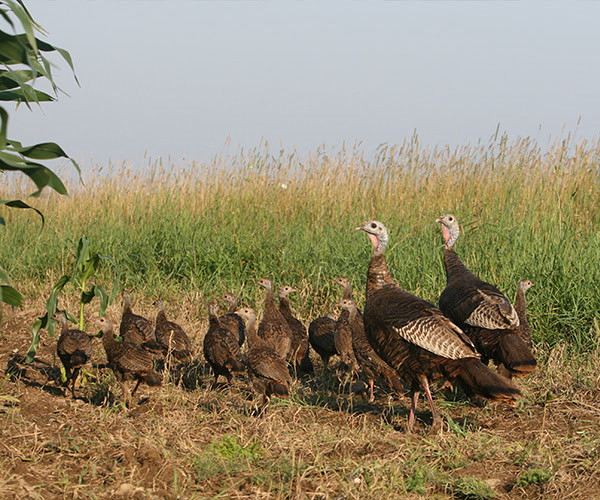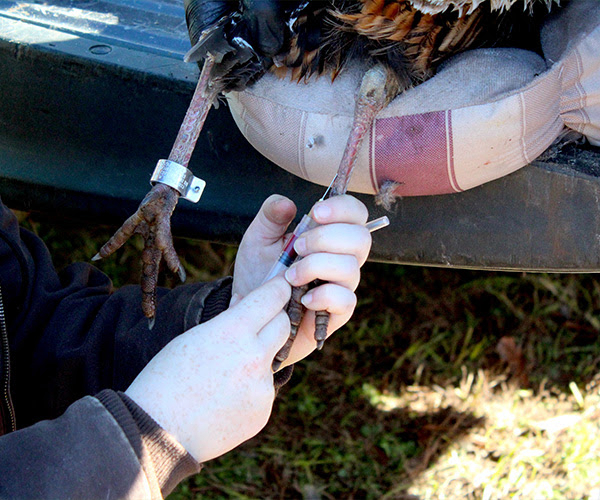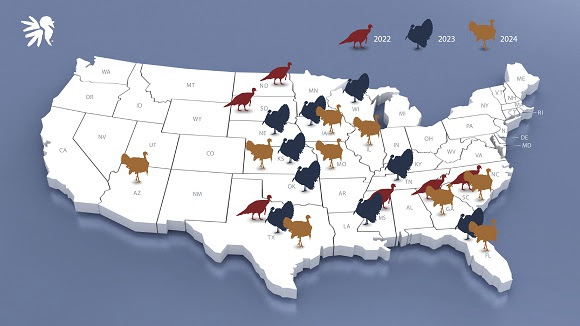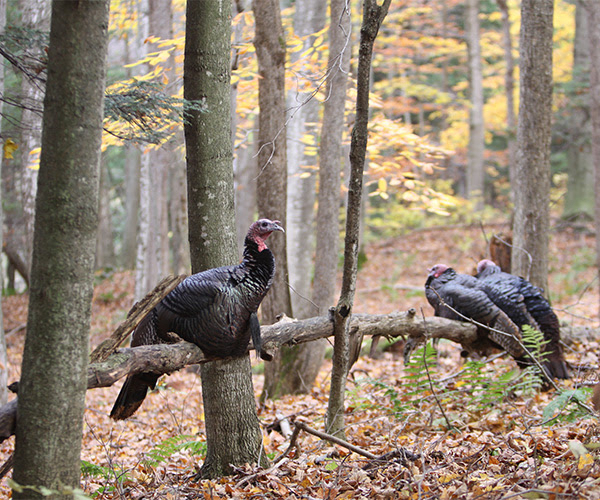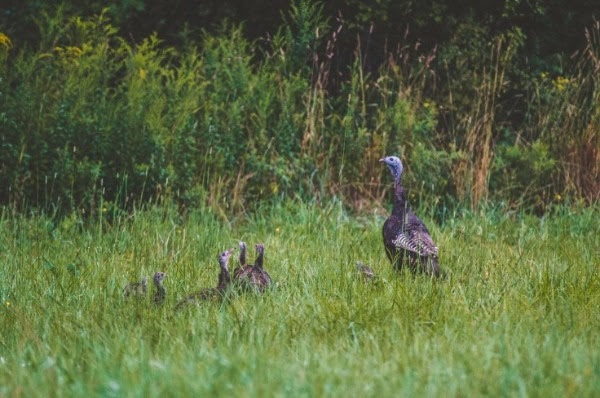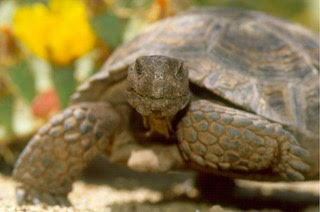Wild Turkey Conservation Aids in Delisting of Endangered Tortoise
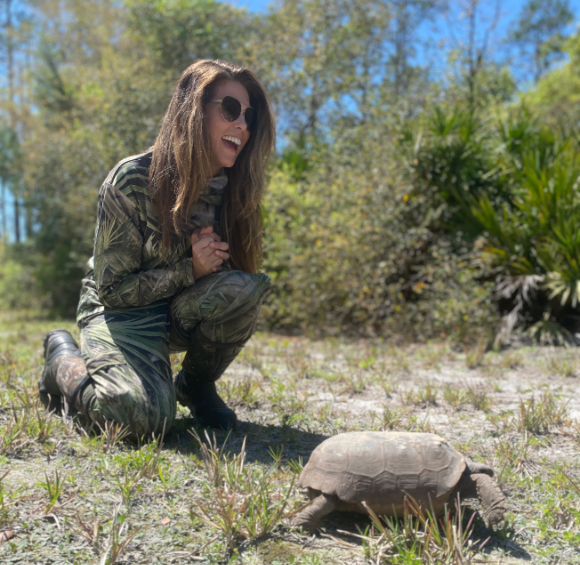

From increasing opportunities to go afield to making forests safe against catastrophic wildfires, the NWTF’s conservation work has far-reaching impacts that benefit overall ecological value. The delisting of the gopher tortoise in much of its historic range is a recent demonstration.
Just as wild turkeys benefit from active forest management, so does the Southeast’s celebrated burrowing turtle, Gopherus polyphemus.
The keystone species was listed under the Endangered Species Act in 1987 as a threatened species in the western portion of its range, namely from Alabama to Louisiana. Since its initial listing over three decades ago, the species has undergone various levels of listing, which eventually encompassed the entire Southeast.
However, through the efforts of private landowners, state and federal agencies and conservation partners, the species has been delisted as threatened in the eastern half of its range, including in Florida, Georgia, South Carolina and most of Alabama. The turtle will retain its status as threatened in western Alabama, Mississippi and Louisiana. The announcement was made in October by the U.S. Fish and Wildlife Service.
The NWTF’s role in helping the gopher tortoise is a result of the organization’s longleaf pine conservation efforts.
Longleaf pine ecosystems once dominated the Southeast, extending from Virginia to Florida and expanding as far west as eastern Texas, almost mimicking the gopher tortoise’s range. Today, however, estimates show that longleaf pine ecosystems encompass about 3% of their historic range and are highly fragmented.
The USFWS equates the decline of the gopher tortoise with the loss and fragmentation of these once-abundant ecosystems but states that the turtles can be found in open canopy stands of several other southern pine species.
Like the gopher tortoise, wild turkeys and many other species thrive in the imperiled longleaf pine ecosystems.
“Throughout time, longleaf pine ecosystems flourished because of naturally occurring fire, which set back hardwoods and other pines that would otherwise create more competition for forest resources,” said Doug Little, NWTF director of conservation operations for the East. “Burned, longleaf-dominated forests offer a patchwork of wild turkey habitat, including an herbaceous understory for nesting and brood rearing cover, openings for foraging and brood rearing, while providing areas with cover for concealment against predators. A well-managed longleaf pine forest is about as good as it gets for wild turkeys.”
Gopher tortoises surely utilize these areas differently than turkeys; nonetheless, they benefit from these unique ecosystems and ongoing active management.
The USFWS states that typical gopher tortoise habitat consists of an open canopy with a diverse array of ground cover vegetation on well-drained, sandy soils with widely spaced trees and shrubs, the type of place you may hear some gobbling too.
The NWTF works with private landowners, partners and agencies to bolster longleaf habitat by mimicking nature’s natural disturbance to create the mosaic of early successional habitat that turkeys, gopher tortoises and a whole host of other southeastern wildlife species thrive in.
Maybe most notable has been the NWTF’s involvement with the USDA’s Longleaf Pine Initiative, America’s Longleaf Restoration Initiative and NWTF’s National Forestry Initiative, all working in unison to deliver active forest management on private and public lands across the Southeast that promote the health of existing longleaf pine forests as well as the regeneration of the species.
One of the primary objectives of the NWTF is to connect the conservation work done on public lands with that on private lands. Creating a contiguous longleaf habitat is an essential tactic for all involved in longleaf restoration as connected lands provide significantly better habitat than isolated patches.
“Whether it is on a national forest, a state WMA or working with private landowners, the NWTF has conservation programs in place to deliver active management in all arenas,” Little said. “Our partners also have various programs and avenues to ensure this work is accomplished. Through this approach, the NWTF and our partners can connect these lands and create contiguous longleaf habitat.”
In addition to the NWTF’s efforts on a national level, the NWTF’s grassroots volunteers are involved in the cause and directly tie their efforts to the landscape-scale work. Many Southeastern NWTF state chapters dedicated their Super Fund dollars – funds NWTF volunteers help raise – back into active fire management projects that enhance longleaf pine ecosystems, such as multistate longleaf implementation teams and The Nature Conservancy’s Fire Management Program, to name a couple.
“Did the NWTF specifically get involved in longleaf restoration to get the gopher tortoise delisted – no, but we sure are proud that our efforts are connected to that conservation success,” said Mark Hatfield, NWTF national director of conservation services. “The comeback of the gopher tortoise shows how many different stakeholders from the conservation community come together with multiple interests and benefit an entire ecosystem.”
From the efforts of its dedicated volunteers to the multi-partner conservation initiatives, the NWTF will continue its work across the Southeast to improve wild turkey habitat and longleaf pine ecosystems, and additional benefits from the work – like that of the gopher tortoise – are sure to grow.
National Wild Turkey Federation
PO Box 530
Edgefield South Carolina 29824
United States


